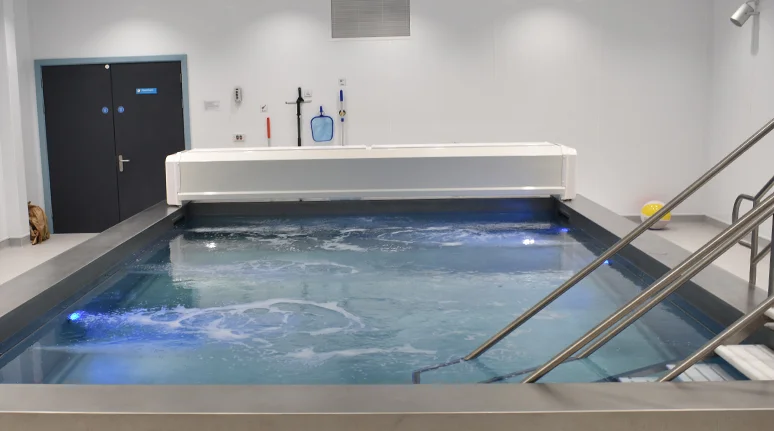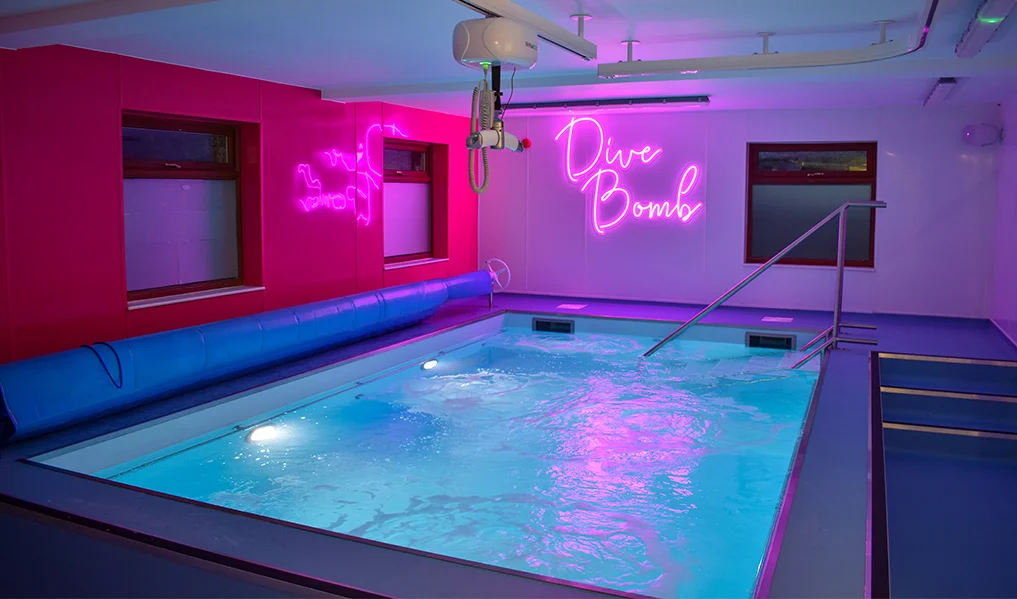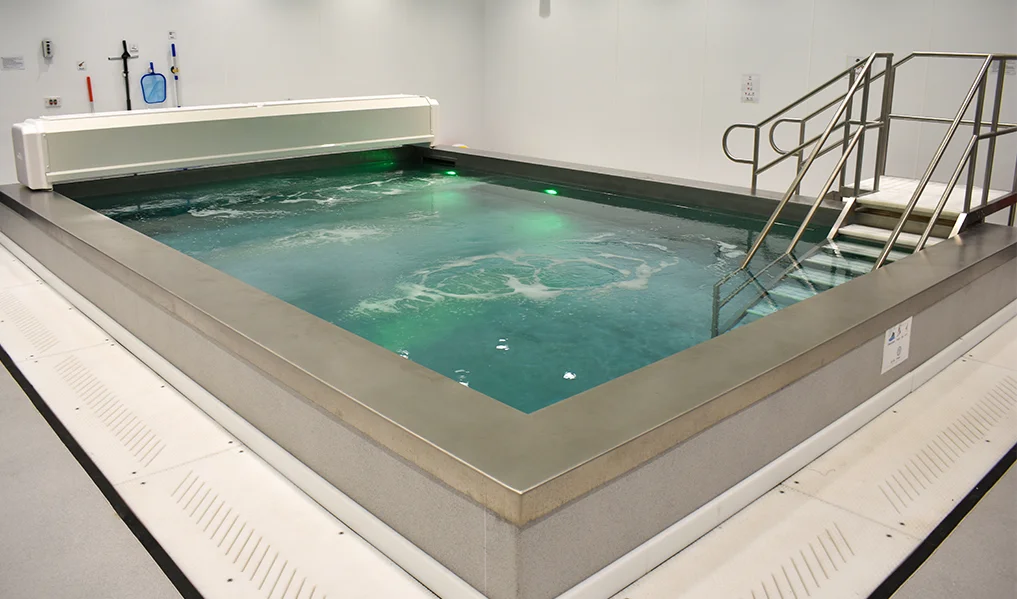Stainless Steel Hydrotherapy Pools
Welcome to our Stainless Steel Hydrotherapy Pools, where healing and relaxation converge. Hydrotherapy, or aquatic physiotherapy, utilizes warm water to promote health, alleviate pain, and rejuvenate the body. Our pools, crafted from Marine Grade (316L) stainless steel, offer unparalleled benefits. Unlike traditional pools, these one-piece wonders boast lower costs, easy installation, and a longer lifespan.
The high-grade steel allows temperatures up to 40°C without compromising structural integrity. Every pool is bespoke, blending durability with elegance. Explore the therapeutic advantages and planning considerations, ensuring your hydrotherapy experience is tailored to your needs. Dive into a world of rejuvenation and well-being.


Crafted From Marine Grade (316L) Stainless Steel
Our Stainless Steel Hydrotherapy Pools, crafted from Marine Grade (316L) stainless steel, redefine aquatic therapy. These one-piece wonders ensure longevity, structural integrity, and easy maintenance. With temperatures reaching 40°C without structural compromise, the pools offer a bespoke and elegant solution. Enjoy the benefits of lower costs, quick installation, and a seamless, luxury finish.
Unique One Piece Construction
Additionally, the unique construction of our one-piece hydrotherapy pools presents a cost-effective advantage, reducing both manufacturing and installation expenses. The durable stainless steel guarantees a longer lifespan and effortless maintenance, while the bespoke design caters to users and environments. Experience a seamless blend of luxury, efficiency, and excellence.

Hydrotherapy Assessment
Initiate a comprehensive discussion to understand your hydrotherapy pool requirements.
Custom Design Proposal
Tailor a hydrotherapy pool design proposal based on your specific needs and preferences.
Confirmation and Ordering
Finalize your order, ensuring it aligns with your hydrotherapy pool specifications and desired features.
Efficient Delivery and Setup
Experience a smooth delivery process and seamless installation of your customized hydrotherapy pool
Training and Ongoing Support
Receive thorough training and continuous support to ensure optimal utilization and satisfaction with your hydrotherapy pool
Bespoke design flexibility tailored to specific user and environment needs.
Superior durability and longer lifespan ensure extended usage without compromise.
Luxury appearance with high-quality finish and seamless welds for aesthetics.
Ready to start your project with Innova?
Our specialists will be happy to help!